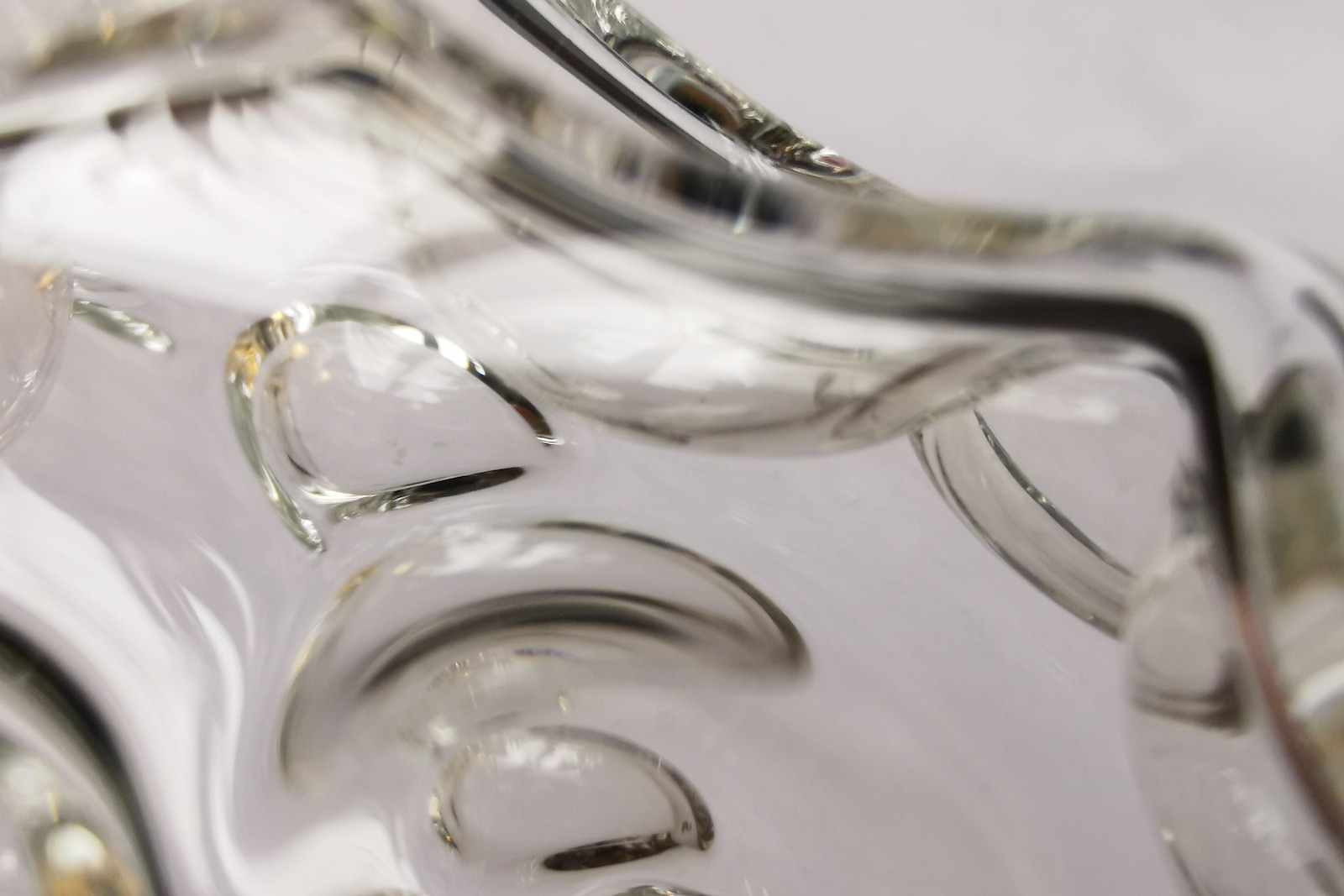
The German word ‘Reaktionsräume’ is referring to the biological term of cellular compartments and is describing closed spaces within cells in which special biochemical reactions can proceed (Horn et al.: 2020). Glass apparatus, commonly used in laboratories, can also be described as closed crystalline rooms in which controlled chemical reactions occur. The term “glass” between material properties and metaphorical meaning matters in the communication of scientific knowledge through objects; particularly as a symbol of uncovering worlds that are otherwise invisible for human senses. The investigation of three historical, post-museological artefacts which embody the idea of a “glass or crystalline cell” form an important part of Joosten Mueller’s dissertation project. His research focuses on the eventful biographies of objects and emerging problems they are facing in their post-educational contexts: they age, become obsolete, become silent, become invisible, decay, disappear. Joosten Mueller’s installation work defines the closed exhibition room as such a crystalline “Reaktionsraum” in which aspects of historical artefacts meet to create a room of rediscovering and reenacting historic settings.
Realized in collaboration with Roswitha Krebs-Goldbecker, Scientific Glass Blowing Workshop, University of Bremen.
01.–16.04.23
Joosten Mueller
Reaktionsräume
Wed, 05.04.23, 19 h
Opening
Within the framework of Crystal Room
Artistic research residencies at GAK project space
In cooperation with the Binational PhD Program of HfK Bremen